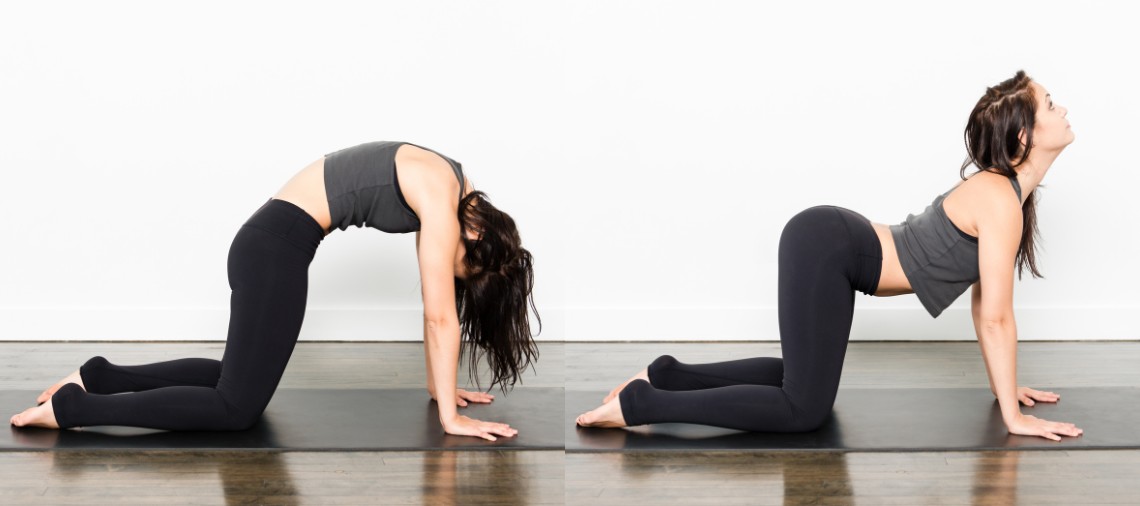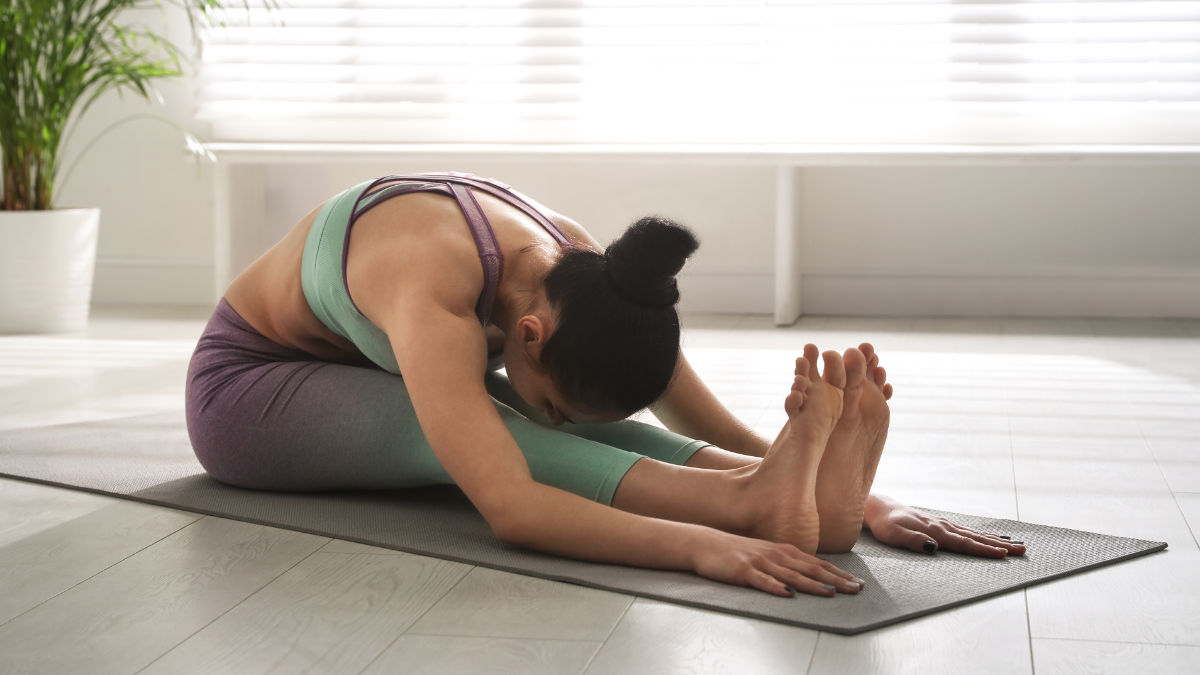Our Terms & Conditions | Our Privacy Policy
Struggling With Arthritis? Science Says Yoga Can Help! Know How
Living with arthritis can often feel like a severe battle, with pain and stiffness disrupting even the simplest of daily tasks. While medications and conventional treatments are crucial in managing the condition, yoga practices have become effective ways to promote physical function and overall well-being. But what does science have to say about yoga and arthritis? Let’s dive in.
Canva
What is arthritis?
Arthritis is a condition that causes inflammation, stiffness and pain in the joints. There are over 100 types of arthritis, with osteoarthritis and rheumatoid arthritis being the most common. Osteoarthritis generally results from wear and tear on the joints, while rheumatoid arthritis is an autoimmune condition where the body’s immune system attacks the healthy tissue in joints.
Managing arthritis often involves medical treatment, physical therapy, and lifestyle changes. One such lifestyle change that’s gaining momentum is yoga, an ancient practice known for improving flexibility, strength, and mental health.
What does the study say about yoga for arthritis?
Research has shown promising results regarding the role of yoga in alleviating arthritis symptoms. One of the prominent studies is a 2018 meta-analysis published under the National Institutes of Health (NIH) that reviewed 13 clinical trials involving 1,557 patients with knee osteoarthritis and rheumatoid arthritis.
The results revealed that regular yoga practice could help reduce symptoms of knee arthritis, enhance physical function, and boost overall well-being. These findings indicate that yoga’s holistic approach may provide both physical and mental health benefits to arthritis patients.
Another review in 2017 evaluated two studies examining yoga’s effect on rheumatoid arthritis. While the studies found some positive effects on pain relief, the reviewers noted a high risk of bias, leading to a weaker recommendation.
However, they highlighted that yoga’s emphasis on strength, flexibility, and relaxation makes it a valuable complementary practice for managing arthritis.
5 yoga poses to ease arthritis symptoms
If you’re looking to incorporate yoga into your arthritis management routine, these beginner-friendly poses are a great place to start. Remember to consult your doctor or a certified yoga instructor before beginning any new exercise regimen.
Child’s Pose

Child’s Yoga Pose |
Child’s Pose, also called Balasana, gently stretches the lower back, hips, and knees while promoting relaxation.
How to do it: Kneel on the floor, sit back on your heels, and extend your arms forward on the mat. Rest your forehead on the ground and take deep breaths.
Cat-Cow Stretch

Cat-Cow Stretch Yoga Pose |
Cat-Cow Stretch or Marjaryasana-Bitilasana improves spinal flexibility and reduces stiffness in the back and neck.
How to Do: Start on all fours with your hands under your shoulders and knees under your hips. Alternate between arching your back (cow pose) and rounding it (cat pose) with each breath.
Warrior II

Warrior II Yoga Pose |
Warrior II, also known as Virabhadrasana II, strengthens the legs and enhances balance while gently stretching the hips and shoulders.
How to Do: Stand with your legs wide apart. Turn one foot out 90 degrees and bend that knee while keeping the other leg straight. Stretch your arms out parallel to the ground and hold the pose.
Seated Forward Bend

Seated Forward Bend Yoga Pose |
Seated Forward Bend, also goes by the name Paschimottanasana, stretches the hamstrings and lower back, improving flexibility.
How to Do: Sit with your legs extended forward. Reach for your toes or as far as you can, keeping your back straight.
Bridge Pose

Bridge Yoga Pose |
Bridge Pose, also called Setu Bandhasana, strengthens the back, glutes, and thighs while improving spinal flexibility.
How to Do: Lie on your back with your knees bent and feet flat on the floor. Lift your hips towards the ceiling, keeping your shoulders grounded.
Images are for reference only.Images and contents gathered automatic from google or 3rd party sources.All rights on the images and contents are with their legal original owners.



Comments are closed.